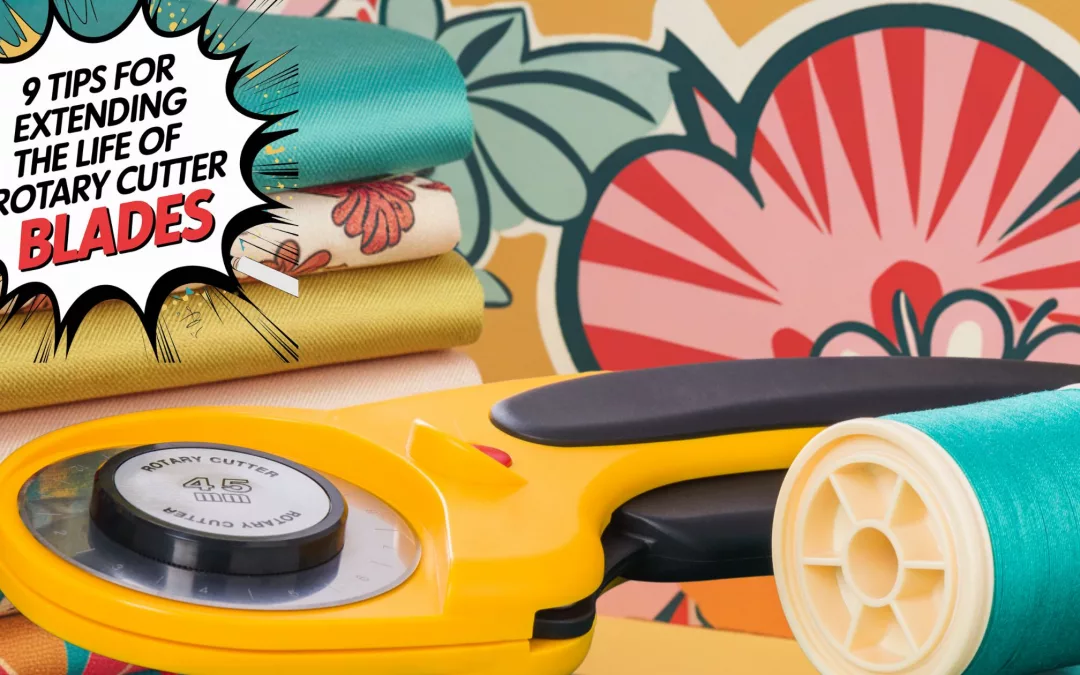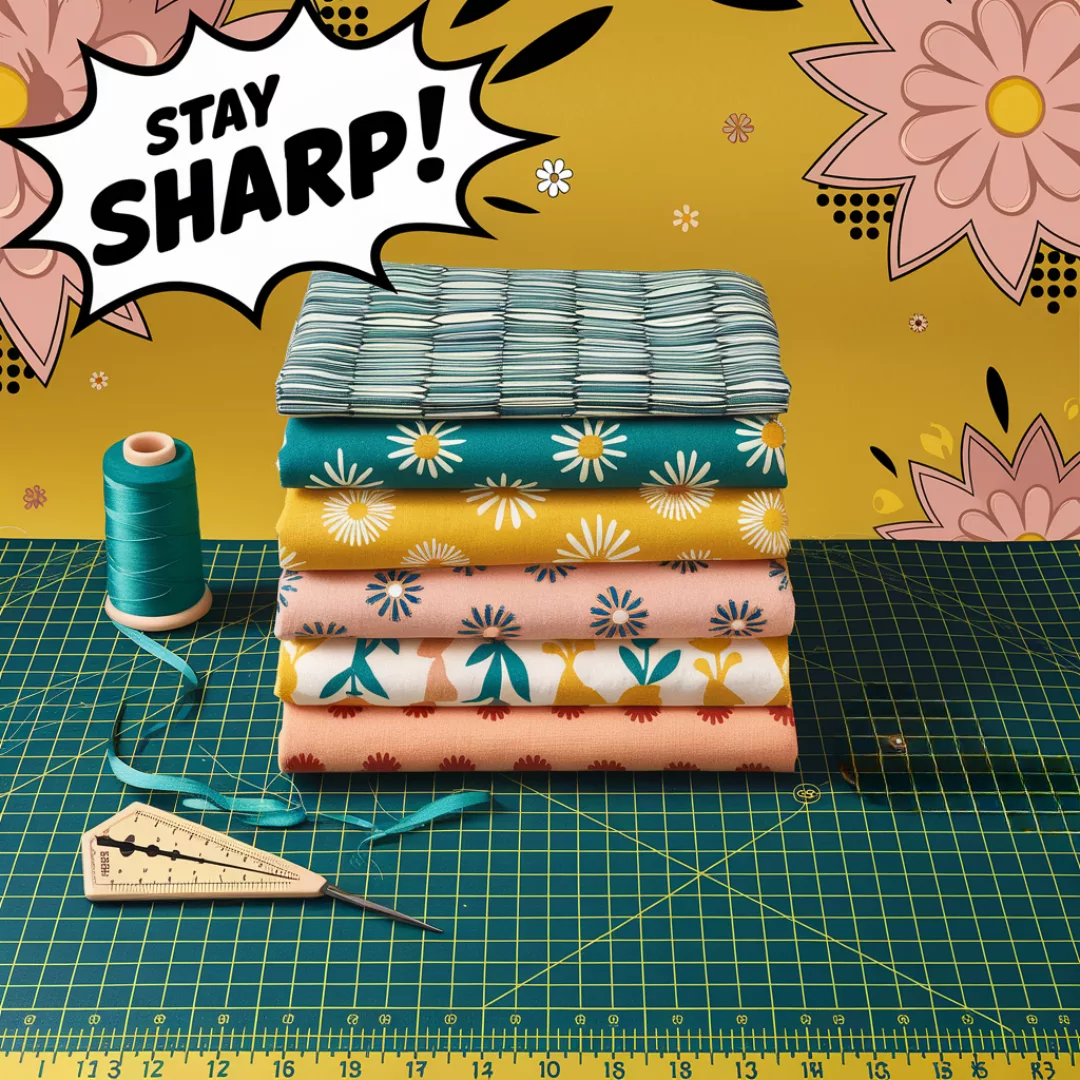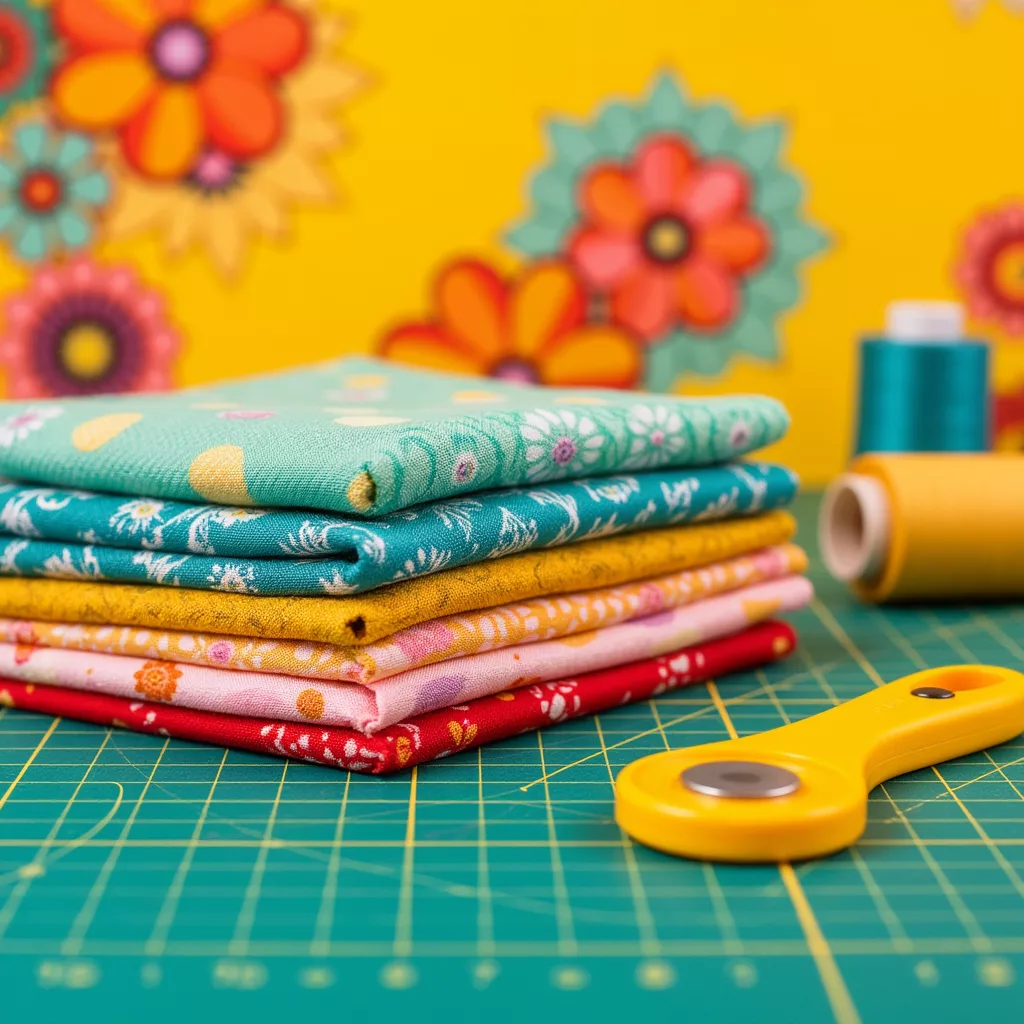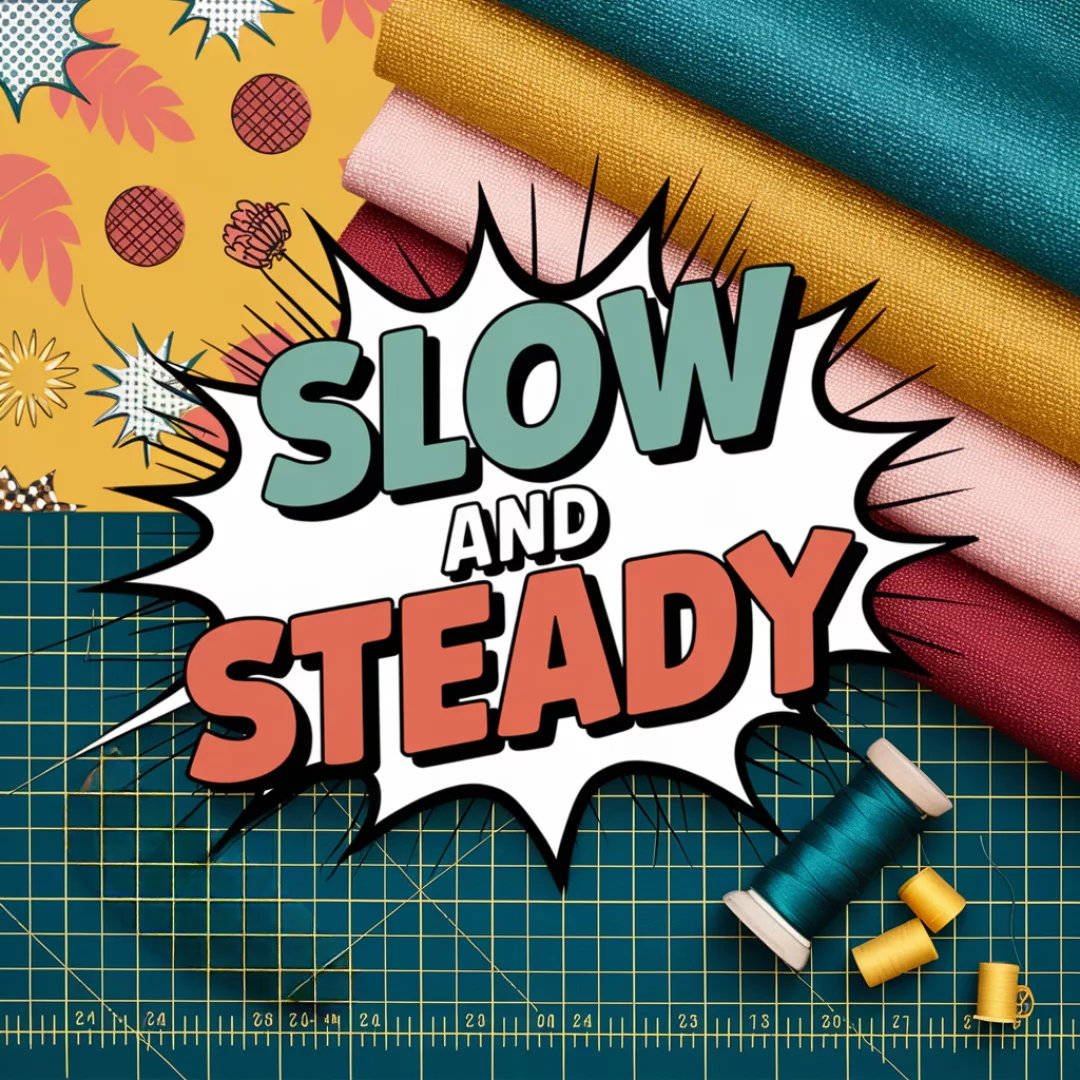
9 Tips For Extending the Life of Rotary Cutter Blades
It’s no secret that a good rotary cutter is an essential tool for any sewist or quilter. But as we all know, those blades can get dull pretty quickly if they’re not taken care of. Fortunately, there are some simple steps you can take to ensure your rotary cutter blades stay nice and sharp for as long as possible. Read on to find out nine tips that will extend the life of your rotary cutter blades saving you time, and money, whilst reducing waste!
9 tips for extending the Life of your rotary cutter blades

Tip #1: Use a Cutting Mat: Always use a cutting mat when cutting with a rotary cutter. This will protect your blades from dulling on hard surfaces like tables or countertops. If you keep your cutting mat in good condition, it will help reduce the wear and tear on both your fabric and your blades. Plus, using a cutting mat helps reduce the risk of cuts from slipping—which is always great news! Not only will this help preserve your rotary blades, but it’ll also keep your fabric looking lush and lovely for longer. Plus, no more slip-ups resulting in accidental nicks – thank goodness! Your blades (and fingertips) will thank you!
Tip #2: Do Not Cut Over Pins: Avoid cutting over pins as this can damage the blade edge and cause it to become dull quickly. To prevent this, use a pin cushion or mat with a grid pattern on it. The pins should be placed along the grid lines to ensure that the blade does not come into contact with them. If you do accidentally cut over a pin, don’t worry – just take extra care when removing the fabric from your cutting surface so as not to further damage the blade.
Tip #3: Invest in high-quality rotary cutter blades: This is a smart move for any sewing enthusiast. Have you heard the saying “Buy cheap, buy twice”? Not all blades are created equal – some dull faster than others, and who has time for that? With a reliable set of blades, you can cut through fabric like a hot knife through butter (or cheese, if that’s your thing). Our recommendation would be to use OLFA blades as they are the best in breed. You’ll save money in the long run by not having to replace blades as often, and the OLFA Endurance Blades are second to none!

Tip #4: Store Your Blades Safely: Rotary cutter blades are incredibly sharp and should be stored safely when not in use. One way to help extend your blade’s life & keep your blades sharp and in tip-top condition is to store them in a safe place where they won’t get jostled around or damaged. We’ve all been guilty of throwing our sewing supplies into a bag and hitting the road. However, if you take an extra second to properly store your rotary cutter, you could add months, or even years, to the life of your blades. Make sure to check the case regularly for any signs of damage or wear and replace it if needed.
Tip #5: Avoid cutting through multiple layers of fabric: I know, I know, it can be tempting to just stack up those layers and power through, but hear me out. Putting too much strain on the blade like that can cause it to dull prematurely. Your blades will thank you, and so will your wallet! Keep those blades sharp and your projects will be smooth sailing.
Tip #6: Keep Your Blades Clean: Want to keep your blades sharp and shiny for all your creative endeavours? Well, here’s a quick tip: keep ’em clean! After each project, show your blades some love by wiping them down with a soft cloth. No need for any lingering lint, fabric particles, or debris to dull your blade’s shine. Trust us, taking a little time to clean them regularly will pay off big time in the long run, just handle them carefully so you don’t nick yourself.
Tip #7: Save old blades for paper & polyester: One way to extend your rotary cutter blade’s lifespan is by giving them a second chance. When your blades are no longer sharp enough for fabrics, don’t throw them out. Instead, save them for cutting paper or other materials that contain plastic. Polyester, vinyl, and other synthetic fabrics all fall under this category. By doing so, you’ll get more bang for your buck and make your rotary cutting experience that much smoother. I save old blades for cutting mesh, vinyl, PUL… anything I know is not a natural fibre really and it really does help keep them sharp.
Tip #8: Choose the right size blade: You might be thinking, “What does size have to do with it?” But it’s all about reducing wear and tear on the blade. Using a small blade for thick fabrics can cause your blade to dull quickly, which means you’ll have to replace it more often. On the other hand, a large blade for delicate fabrics may cause unwanted frayed edges.

Tip #9: Don’t cut too fast: When using a rotary cutter blade, it is important to keep in mind that it is not designed for speed. Don’t let your need for speed get the best of you – slow and steady cuts keep blades like these last longer. Take a breather, relish in the cutting process, and avoid overworking your trusty tool. You’ll reap the rewards of a clean, crisp cut every time! Take your time and cut at a moderate pace to ensure that the blade does not get overworked or slip around. This will help reduce wear and tear on the blade, allowing it to stay sharper for longer.
Prolonging the life of your rotary cutter blades doesn’t have to be difficult – by following these nine simple tips you should find that they stay sharper for much longer than before! With these tips in mind, you can spend less time worrying about replacing blades and more time crafting your beautiful sewing and quilting projects with ease.
If you have any more tips for extending the life of your rotary cutter blades then please share in the comments to help others in the sewing and quilting community!




























